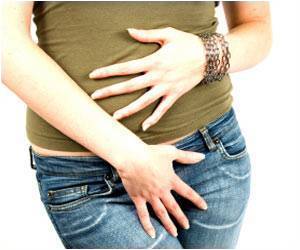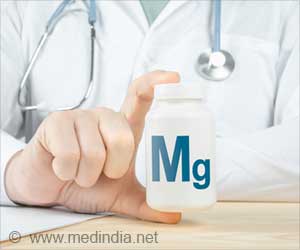Irregular menstrual cycles can significantly increase the risk of heart disease in women.
- One of the leading causes of death globally is cardiovascular disease
- Women who suffer from abnormal menstrual cycles have a 19% higher risk of heart disease
- Fluctuating estrogen levels during irregular periods are likely to have an effect on heart health
Associations of Menstrual Cycle Regularity and Length With Cardiovascular Diseases: A Prospective Study From UK Biobank
Go to source).
Irregular Periods Can Increase the Risk of Heart Disease by 19%
An abnormal period is one when the length of one’s menstrual cycle falls outside of the regular range, typically fewer than 21 days or longer than 35 days. Irregular menstrual periods can be an inconvenience for millions of women at best, but at worst, they increase women’s risk of heart disease by 19% and of irregular heartbeat by a shocking 40%, according to a team of researchers in China.The study monitored almost 58,000 women for 12 years, and researchers discovered that 3.4% of women with irregular cycles developed heart disease, compared to roughly 2.5% of those with normal cycles.
“These findings have important public health implications for the prevention of atrial fibrillation and heart attack among women and highlight the importance of monitoring menstrual cycle characteristics throughout a woman’s reproductive life,” said Dr. Huijie Zhang, a professor at Southern Medical University in China and lead author of the study.
The menstrual cycle is measured from the start of one period to the start of the next.
The large-scale study used health data from over 58,000 healthy women in the United Kingdom who reported their cycle duration at the start of a 12-year follow-up period.
The average age of the participants, none of whom had cardiovascular disease at the start of the study, was 46.
Researchers recorded 1,623 cardiovascular events among the participants after 11 years and eight months, including 827 incident cases of coronary heart disease, 199 heart attacks, 271 strokes, 174 cases of heart failure, and 393 cases of atrial fibrillation, or an irregular heartbeat that can lead to blood clots.
Differences in Heart Disease Rates: Women with Regular Periods vs. Irregular Periods
More than 1.7% of women with irregular periods had coronary heart disease (CHD), which is caused by plaque accumulation on the artery walls and inhibits the passage of oxygen-rich blood to the heart.However, just 1.3% of women who had regular periods developed CHD.
In addition, only 0.6 percent of those with regular cycles developed atrial fibrillation, compared to nearly 1% of those with irregular cycles.
Although the relationship between irregular menstrual cycles and heart disease is not completely known, previous studies have shown that it is significantly associated with various heart disease risk factors including high cholesterol, hypertension, and polycystic ovarian syndrome.
Estrogen: The Link Between Irregular Periods and Heart Disease
Hormone variations, which are essential to the menstrual cycle, also have an impact on cardiovascular function. Estrogen, which drops after ovulation but progressively rises, has heart-protective properties.Estrogen keeps tissues and blood arteries supple and flexible, promoting healthy blood flow, lowering blood pressure, boosting HDL (good) cholesterol, and absorbing potentially harmful free radicals.
While irregular cycles are frequent, they are unhealthy and are caused by a dysfunctional hypothalamic-pituitary-ovarian axis, the closely regulated network of systems that controls female reproduction.
Dr. Zhang said: “The association between menstrual cycle characteristics and adverse cardiovascular outcomes remains unclear. “
“Considering the increasing prevalence of heart disease — with 45% of women in Western countries affected — and related mortality, there is a need to explore these risk factors.”
Reference:
- Associations of Menstrual Cycle Regularity and Length With Cardiovascular Diseases: A Prospective Study From UK Biobank - (https://www.ahajournals.org/doi/10.1161/JAHA.122.029020)
Source-Medindia
















